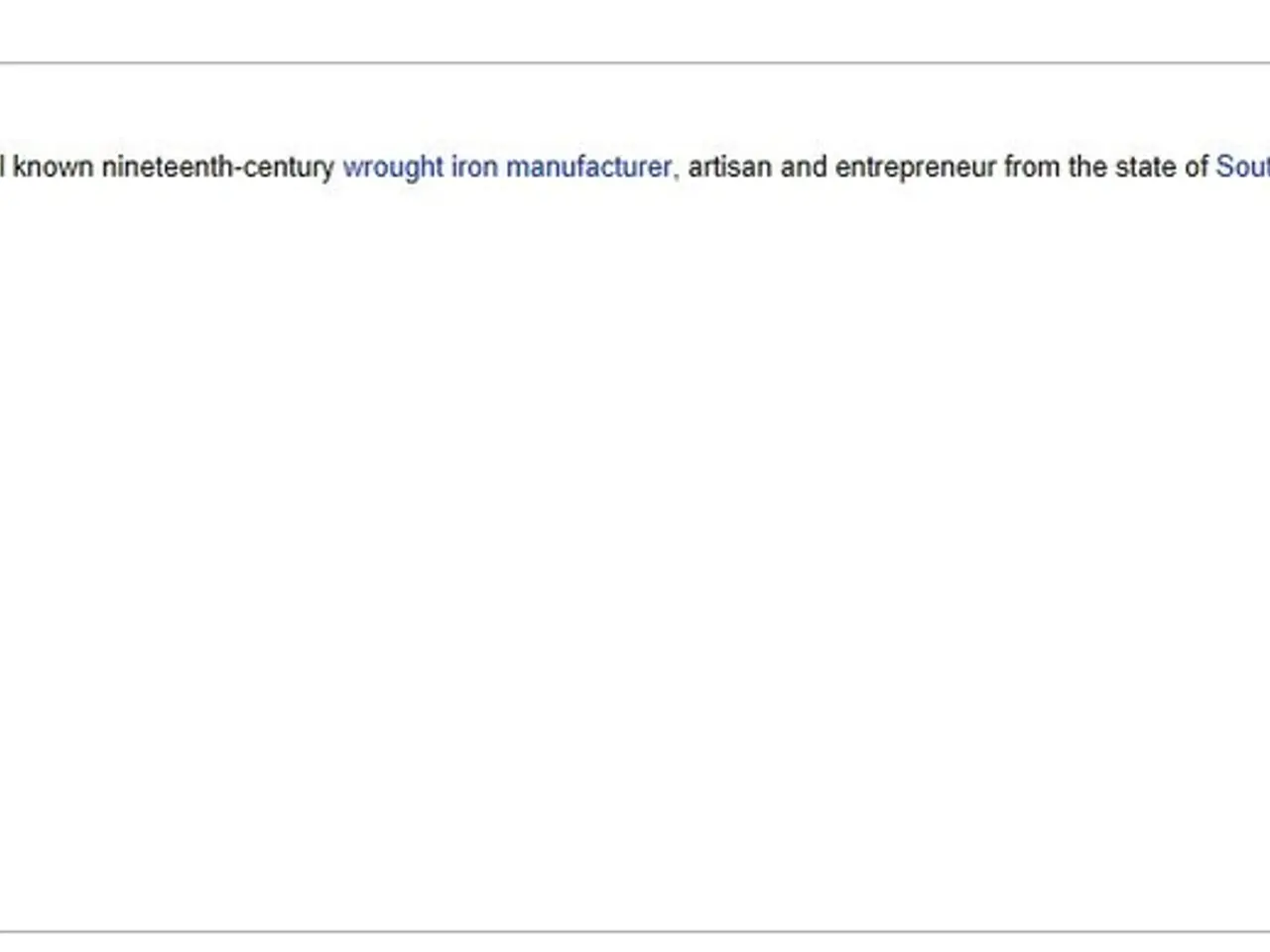Honoring the Late Jazz Vocalist Sheila Jordan
In a career spanning nearly eight decades, Sheila Jordan, a pioneering jazz vocalist, has left an indelible mark on the music industry. Known for her innovative approach to bebop and scat singing, Jordan passed away on Monday at the age of 96.
Born in a coal mining town in Pennsylvania, Jordan's love for music began early, despite being untrained. She formed a vocal trio in high school and moved to Detroit when she was 14. It was in Detroit that she met Charlie Parker, who famously called her "the lady with the million-dollar ears."
In 1951, Jordan moved to New York, drawn by Parker's music. She was part of a club and jazz session scene that included Thelonious Monk, Bud Powell, Miles Davis, Sonny Rollins, and Max Roach. Despite her influences, Jordan was hesitant to take on gig work that involved weddings, bar mitzvahs, club dates, and top 40s.
Jordan worked various non-musical jobs while studying with jazz figures Lennie Tristano and Charles Mingus. Her big break came in 1962 when pianist George Russell heard her singing in Greenwich Village and helped her record her album Portrait of Sheila Jordan for Blue Note Records. Sheila Jordan was the first vocalist to record on the famous Blue Note label.
Throughout her career, Jordan collaborated with notable musicians including George Russell, Steve Kuhn, Harvie S, Bob Moses, Cameron Brown, Carla Bley, Steve Swallow, Roswell Rudd, and Aki Takase. Her innovative performances and recordings, particularly her voice-and-bass duets with Harvie S in the 1970s and 1980s, earned critical acclaim.
Jordan's later years saw continued performances worldwide, numerous albums, and recognition, including the 2012 NEA Jazz Masters Award. Despite her success, Jordan did not want to bring her daughter up the way she had been brought up, so she prioritized financial security over singing gigs. She took a day job as a secretary in an advertising agency until 1988.
In 2012, Jordan was named a jazz master by the National Endowment for the Arts. Despite being less well-known to wider audiences, she had a devoted following among jazz fans. Sheila Jordan did not mind having a day job because it allowed her to keep the music she sings pure.
Jordan was laid off from her day job at an advertising agency earlier this year. She prayed that being laid off would free up time for her to do more concerts. True to her prayers, Jordan began working in music full-time since her layoff. She was recording and performing nearly until her death.
Sheila Jordan's legacy as a creative, pioneering jazz vocalist who bridged bebop tradition and free jazz innovation will continue to inspire musicians for generations to come.
[1] Jazz Child: A Portrait of Sheila Jordan [2] JazzTimes [3] All About Jazz [4] The New York Times [5] Blue Note Records
Sheila Jordan's passion for music, particularly jazz, started early and led her to form a vocal trio in high school. (entrepreneurship, music)
Throughout her career, Jordan's innovative performances and recordings, especially her voice-and-bass duets with Harvie S, earned critical acclaim, including a NEA Jazz Masters Award in 2012. (entertainment, music)





